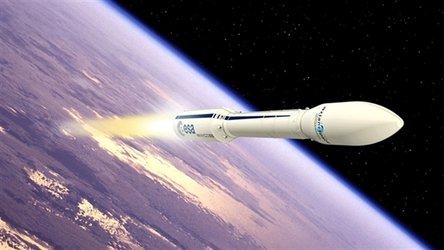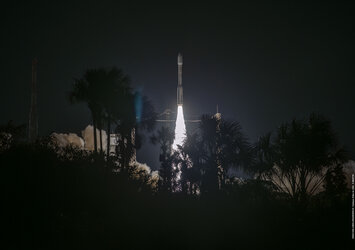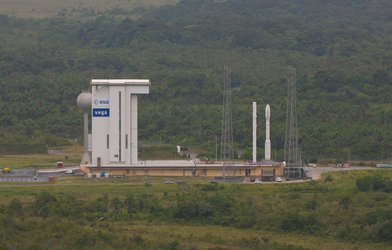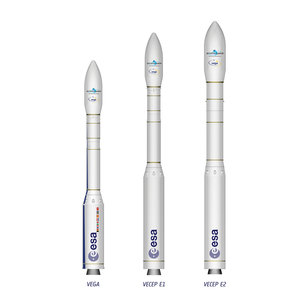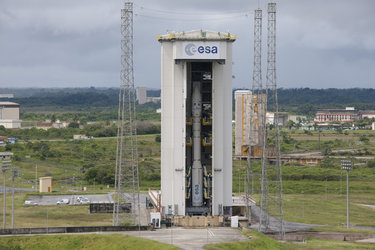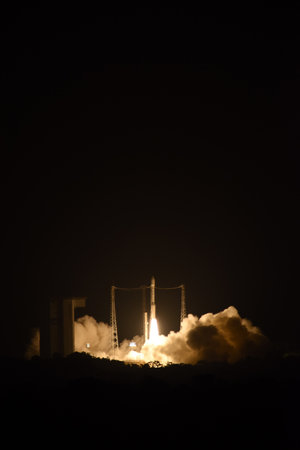Verta programme
ESA’s Verta (Vega Research and Technology Accompaniment) programme demonstrated the capability and flexibility of the Vega rocket. The Verta period ended with the launch of ESA’s LISA Pathfinder scientific satellite on 3 December 2015 on Vega’s sixth flight. Verta was set up in December 2011 to support Vega’s transition from development to full commercial exploitation in a highly competitive market.
It comprised three main elements:
- Procurement of five Verta demonstration flights;
- Customer service improvements;
- Production accompaniment and technological activities.
The Verta flights carried three ESA missions: Proba-V, LISA Pathfinder and the Intermediate Experimental Vehicle (IXV).
The first Verta flight took place on 7 May 2013 following the launcher’s qualification flight on 13 February 2012.
The main customer service improvement activity during the Verta programme was the development of the multiple-payload launch capability for Vega.

With a rate of at least two launches a year, the programme allowed the smooth introduction of this vehicle.
Vega’s first commercial launch contracts were signed on 14 December 2011 for the Sentinel-2 and Sentinel-3 satellites. Sentinel-2A was launched on 23 June 2015.
The Verta programme was completed on 3 December 2015 with the launch of LISA Pathfinder on Vega's sixth flight. Arianespace then became fully responsible for the commercial operation of Vega at Europe's Spaceport in Kourou, French Guiana.
| Flight | Demonstration | Payload |
| VV02 |
|
|
| VV03 | Exploitation flight | KazEOSat 1DZZ-HR (Kazakh Earth observation satellite) |
| VV04 | Suborbital equatorial trajectory with the payload nearing Vega’s maximum capacity | ESA’s IXV spaceplane |
| VV05 | Exploitation flight | ESA’s Copernicus Sentinel-2A |
| VV06 | Release into an elliptical low Earth transfer orbit | ESA’s LISA Pathfinder scientific satellite |



